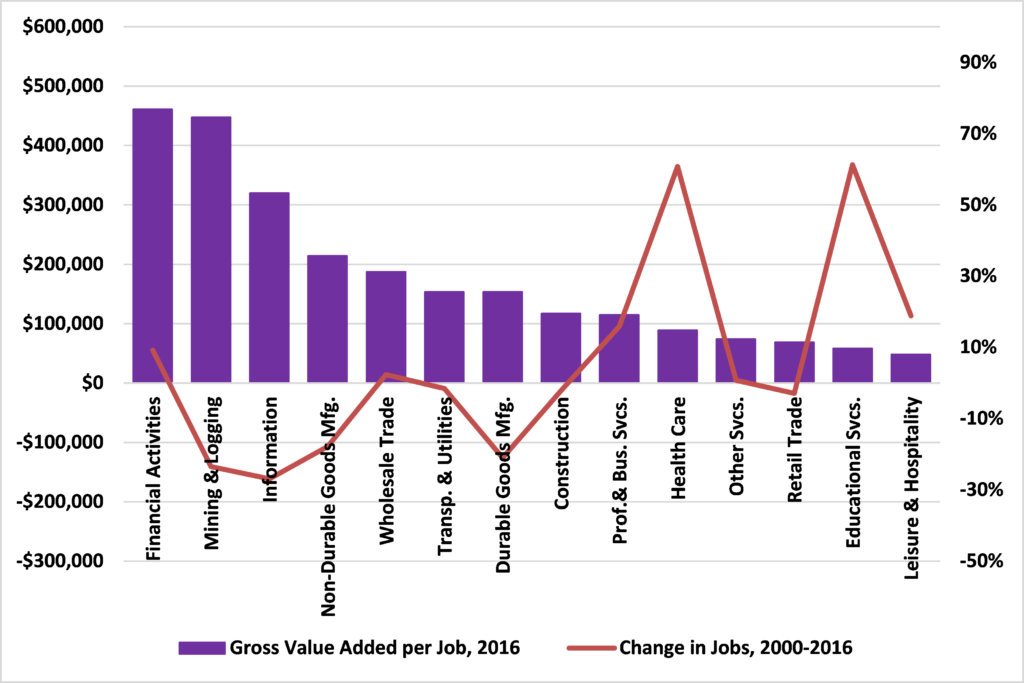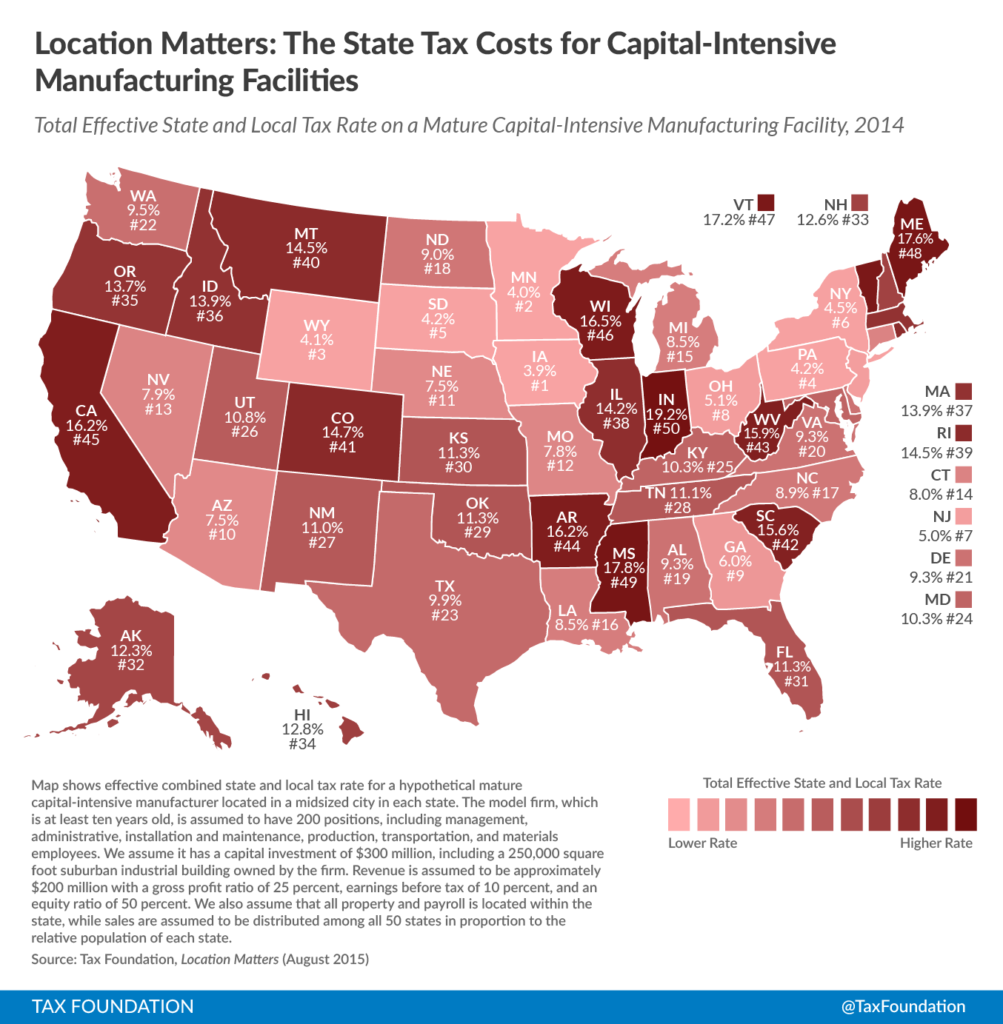It’s Minnesota Manufacturing Week. Celebrate the policies which help our manufacturers bloom
In recent years, manufacturing has been one of Minnesota’s economic success stories. But longer term, there are fewer jobs in the sector than at the turn of the century. What policies are working for Minnesotan manufacturing?
Manufacturing in Minnesota
Manufacturing is the state’s largest industry by gross domestic product (GDP). It accounts for one in nine jobs in the state. When you add in jobs in other industries that are dependent on manufacturing, each manufacturing job generates another 2.21 jobs in other segments of the economy for a total of 318,000 Minnesota jobs. It contributes $48.2 billion to the state’s economy, 16% of our state’s private GDP. Manufacturing accounted for about $18 billion of the state’s exports in 2016. Salaries in the sector are significantly higher than most other industries in the state because many manufacturing jobs require high-tech skills to operate advanced technology and computer-controlled equipment. The average manufacturing position in the state paid $63,794 a year in 2016. This is about $9,500 (or 17%) more than the typical job in Minnesota. And these jobs often don’t require four year degrees.
These jobs are vital to Minnesota’s economic health. As we explain in our forthcoming report The State of Minnesota’s Economy: 2017, jobs in Non-Durable Goods Manufacturing generated an average of $213,973 of Gross Value Added in 2016. For Durable Goods Manufacturing the figure was $153,475. These are some of the more productive jobs in the state. Yet, since 2000, employment has declined in both by 17.8% and 21.0% respectively.

Minnesotan manufacturing and economic policy
Doesn’t this vindicate Minnesota’s ‘Blue state’ policies of higher taxes and more regulation of business? Not so fast.
In 2015, the Tax Foundation’s Location Matters study calculated
…the tax bills of seven model firms. We calculate their tax liability in all fifty states, first as mature firms and then again as new firms more likely to be eligible for state incentives, allowing for an apples-to-apples comparison of how state taxes fall on distinct business types.
The study found that Minnesota
…ranks second for mature capital-intensive manufacturing operations, which experience a low 4.0 percent effective tax rate. The burden of the state’s 9.8 percent corporate income tax rate is largely avoided by this firm due to single sales factor apportionment and the lack of a throwback rule.

Manufacturing is the exception that proves the rule. Lower tax rates mean more economic activity. These are vital jobs. This Minnesota Manufacturing Week, celebrate the policies which create the environment for them to thrive.
John Phelan is an economist at Center of the American Experiment.